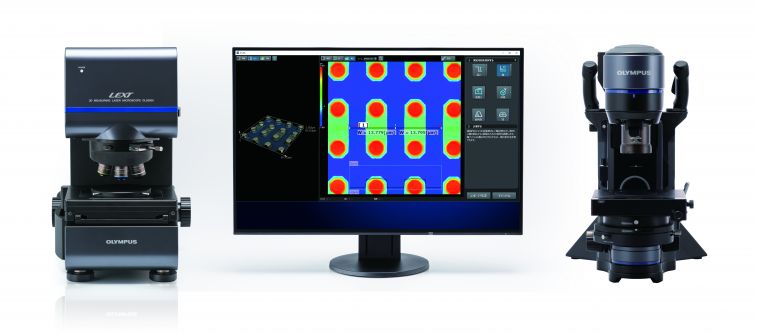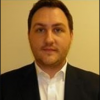Industrial Microscopy Webinar Series
What’s New in Industrial Microscopy Webinar Series

Join our microscopy application specialists as they dive into useful information about inspection methods, techniques, and tools to help anyone involved in industrial microscopy.
The Advantages of MIX IlluminationLearn the advantages and powerful features within Olympus’ MIX illumination mode. Join us to understand how benefits such as halation reduction, glare removal, directional darkfield, and mixing up to 3 illumination techniques into a single live image can give you the most informative image. Whether you are using an Olympus DSX1000 digital microscope or a legacy microscope that is running OLYMPUS Stream™ software, join us to find out how MIX illumination can help you get the most out of your equipment. Presenter: Rob Bellinger
| Making a Better Design of Experiment with the Smart Experiment ManagerThe Smart Experiment Manager, combined with Olympus' new Smart Lens Advisor, makes building an effective design of experiment easy and efficient. Learn how these new LEXT™ OLS5100 laser confocal microscope features can speed up the design of experiment process and reporting by up to 30%. The Smart Experiment Manager saves time during experiment preparation, helps ensure data completion, improves error proofing, and provides clear data visualization tools as you work. See for yourself how much the Smart Experiment Manager can improve your workflow. Presenter: Doug Kennedy
| Fluorescence Microscopy and Its Applications in IndustryFluorescence microscopy is often considered as a technique geared toward examining biological samples. However, fluorescence microscopy is also a powerful tool for industrial applications. From detecting cracks and other defects in materials to evaluating semiconductors for contaminants, fluorescence microscopy facilitates the inspection of diverse industrial samples. There are multiple Olympus microscopes capable of fluorescence microscopy, such as the DSX1000 and the BX53M. In this webinar, we discuss the fundamentals of fluorescence and demonstrate the advantages of utilizing fluorescence for a broad range of industrial applications. Presenter: Dr. Megan Farrell
|
Roughness Parameters—How to Select the Most Meaningful One?Information on surface roughness is usually captured with a single parameter, Ra. However, Ra only captures limited information on surface topography variations. The limited information from Ra forced engineers to define hundreds of additional roughness parameters that quantify characteristics such as period, shape, sharpness, volume, and predominant orientation. Faced with this multitude of parameters, it is difficult to determine which one is most meaningful to a specific application. Using examples from different industries, this presentation describes a consistent method to identify the most meaningful roughness parameter(s) for your application. Presenter: Dr. Marcel Lucas
| Moving Cleanliness into the Digital AgeIn this presentation, I will briefly outline the cleanliness process as it is widely understood—from extraction to reporting—and then identify and discuss problems commonly encountered in the cleanliness process such as record management, sample preservation, and time investment. Once these issues have been identified, I will discuss how the CIX cleanliness inspection system can solve these issues reliably and repeatedly. The attendees will learn about the process if they are new to cleanliness generally and will also learn how the field of cleanliness has moved into the digital realm. The focus will be on the CIX100 system and its USPs, but I will also discuss how standards have adapted to digital inspection. Presenter: Hamish Rossell
|
Presenter Bios
 | Rob Bellinger, Product Applications Manager |
 | Doug Kennedy, Advanced Microscopy Sales Manager |
 | Dr. Megan Farrell, Technical Sales Support Specialist |
 | Dr. Marcel Lucas, Application Specialist |
 | Hamish Rossell, Applications Manager |